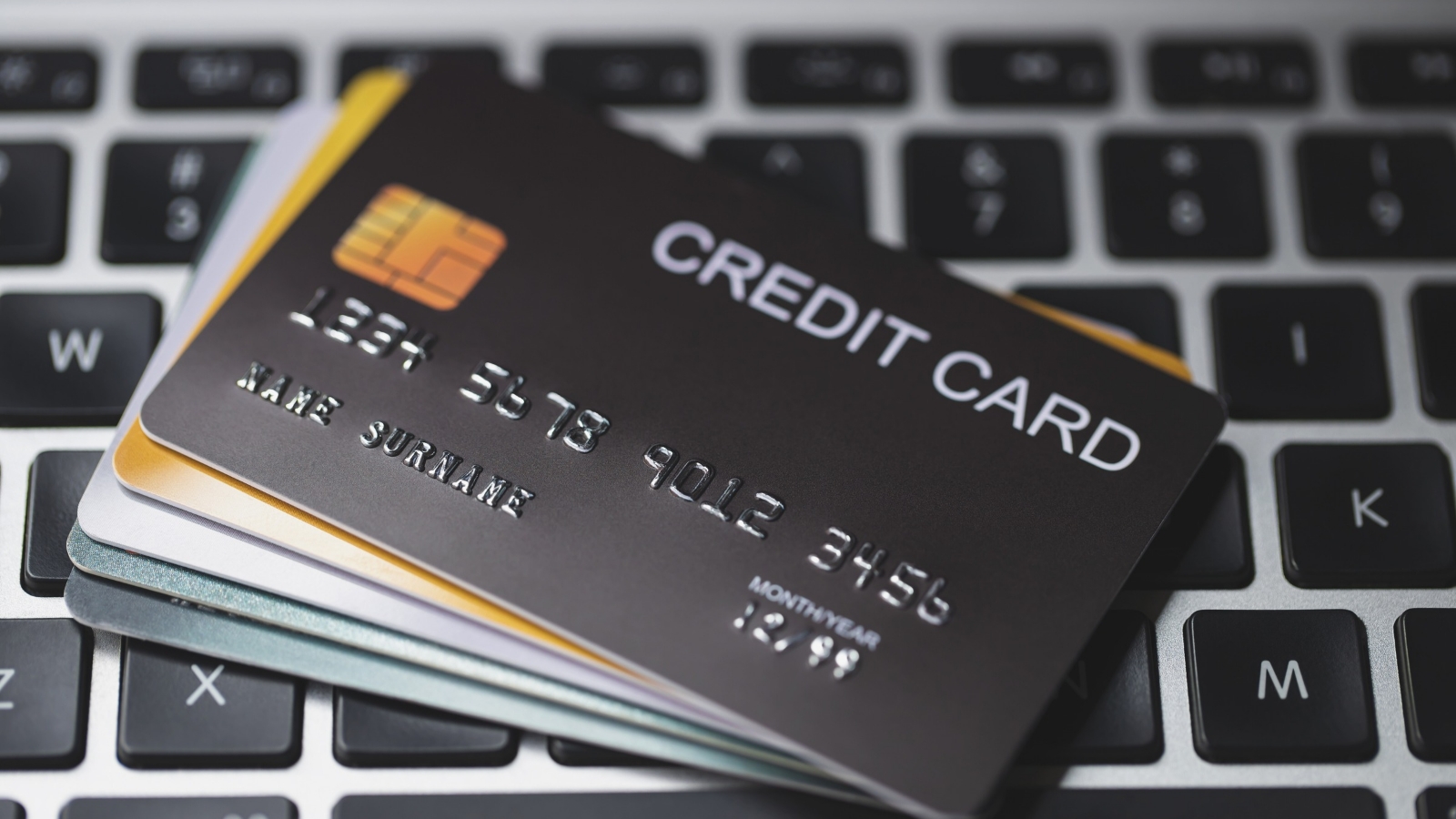Credit cards are one of the most powerful financial tools in your wallet when used correctly. But let’s be honest: most people aren’t using them to their full potential. We swipe, pay the bill (hopefully), and move on. Meanwhile, banks rake in billions every year on interest, late fees, and all the fine print we skim past. And while they happily hand out points and perks, they’re banking on the fact that you won’t take full advantage of what’s available.
Behind the glossy rewards brochures and catchy commercial jingles, there are tricks, loopholes, and smart moves that can work in your favor if you know where to look. Credit card companies don’t exactly advertise these hacks. Why would they? Every dollar you save is a dollar they don’t earn. That’s why playing your cards right can make all the difference.
This isn’t about gaming the system or engaging in any shady practices. These are legitimate strategies that savvy credit card users have employed for years to stretch their budget, enhance their credit, and earn substantial rewards. So if you’re ready to flip the script and start using your credit cards like the pros, here are seven hacks banks would prefer you never learn.
1. Use the 0% APR Intro Period Like an Interest-Free Loan.
One of the best-kept open secrets in the credit card world is the 0% introductory APR offer. Many cards come with a 12- to 21-month interest-free period on purchases or balance transfers. And while the flashy headline might catch your eye, what most people don’t realize is just how strategic this can be.
Let’s say you need to fund a major purchase, such as a new refrigerator or dental work. Instead of dipping into savings or financing through a high-interest plan, you could apply for a 0% APR card and pay off the balance slowly over a year or more. No interest, no stress; just a timeline you control.
The trick here is discipline. This hack only works if you pay off the entire balance before the intro period ends. After that, regular interest rates (often 18–25%) kick in and can eat away at any savings you gained. Please set up a monthly payment plan and treat it like a no-interest loan, not a free-for-all spending spree.
2. Request a Credit Limit Increase Without Triggering a Hard Pull
Your credit limit plays a significant role in your credit score, particularly in determining your credit utilization ratio. That’s the percentage of your credit that you’re using at any given time. Lower is better, and the quickest way to lower that percentage is to increase your credit limit.
But here’s the kicker: most people don’t know you can request a credit limit increase without it affecting your credit score. Many issuers allow you to request an increase online or over the phone and will do a soft pull rather than a hard inquiry. That means your score doesn’t take a hit, and your borrowing power improves instantly.
Even if you don’t plan to use the extra limit, it helps your score by widening the gap between your available credit and your balance. Just make sure you don’t let the bigger limit tempt you into spending more. This is a credit-building strategy, not an invitation to splurge.
3. Get Retroactive Rewards by Asking (Politely)
Ever sign up for a credit card, only to find out a month later that they’re offering a $200 welcome bonus for new applicants? Frustrating, right? But here’s something the banks won’t advertise: sometimes, if you ask nicely, they’ll give you the deal anyway.
Credit card companies want to keep you happy, especially within the first few months of your relationship. If you’re within 90 days of opening your card, a rep will honor the bonus or match a better offer if you call in. They’d rather keep you than risk you closing the card or venting to 100 people on social media.
This also applies to improved reward structures or fee waivers that are rolled out shortly after you apply. The key? Be calm, polite, and prepared with screenshots or offer codes. It’s not a guarantee, but it’s worth the ask.
4. Turn Points Into Cash (Even If They Say You Can’t)
Rewards points are usually marketed for travel, flights, hotels, upgrades, and other flashy perks. But what if you’d rather have hard cash? Depending on the issuer, you may be able to redeem your points for statement credits or direct deposits, even if the website appears to offer travel as the only option.
For example, Chase Ultimate Rewards, American Express Membership Rewards, and Citi ThankYou Points all allow points to be used as cash equivalents, though sometimes at a slightly lower value. Still, the convenience and flexibility are often worth it.
Another sneaky move? Wait for promotional periods when your points are worth more; some banks will offer bonus value if you redeem through specific portals. That $500 in points could be worth up to $625 in gift cards or statement credit. You have to keep your eyes peeled.
5. Use Multiple Cards Strategically (a.k.a. The Wallet Shuffle)
No single credit card gives you the best rewards for everything. That’s why many savvy users carry two or three different cards, each one chosen for a specific category. This juggling act is known as the “wallet shuffle,” and while it may take a minute to set up, the payoff can be substantial.
For example, consider using a card that offers 4% back on dining at restaurants, a 3% gas rewards card for fill-ups, and a flat 2% cashback card for all other purchases. Instead of one-size-fits-all rewards, you’re customizing your benefits based on where your money goes.
Apps like Curve or CardPointers can help manage this if you’re concerned about remembering which card to use in each situation. You don’t need to be a spreadsheet junkie; just be aware of your spending habits. Over time, those extra percentage points add up.
6. Ask for Late Fee Forgiveness (It Works More Than You Think)
We all mess up sometimes. Maybe your auto-pay glitched. You may have just forgotten. Whatever the reason, a single late payment doesn’t have to cost you $40 and a dent in your credit score. One phone call can often erase the damage, if you know how to ask for it.
Most banks will waive your first late fee if you’ve been a good customer. It’s called a “courtesy waiver,” and they don’t want to lose someone who’s generally reliable over one mistake. Call the customer service line, be honest, and ask if they can reverse the charge.
Even better: if the payment was just a day or two late, they might not even report it to credit bureaus. But don’t make a habit of this. It’s a get-out-of-jail-free card, not a monthly freebie.
7. Take Advantage of Price Protection (Before It Disappears)
This one’s fading fast, but while it lasts, it’s golden. Some credit cards offer price protection, meaning if you buy something and it goes on sale soon after, they’ll refund you the difference. You need to submit a claim with proof of the lower price.
Fewer cards offer this perk nowadays, but some still do, especially on premium accounts. You usually have a 60- to 90-day window to find a lower advertised price. And while it may sound like a hassle, getting $50 back on a sale item you just bought is pretty satisfying.
Sites like Paribus (now owned by Capital One) can even track your purchases and automatically alert you to lower prices. If you’re someone who shops often, this feature can pay for itself multiple times over, if you remember to use it.
Final Thoughts
Credit cards don’t have to be debt traps. Used wisely, they can be tools for building credit, earning rewards, and even saving money. But the real magic happens when you start playing the game better than the banks expect you to. That’s when the perks, points, and protections start working for you, not just for them.
These seven hacks aren’t tricks or gimmicks. They’re legit, innovative moves that anyone can start using today. So instead of letting the banks call all the shots, take back a little control. Your credit card is a tool. It can either build something great or cost you a fortune. The difference is in how you use it.
And now that you know the hacks… the choice is yours.


